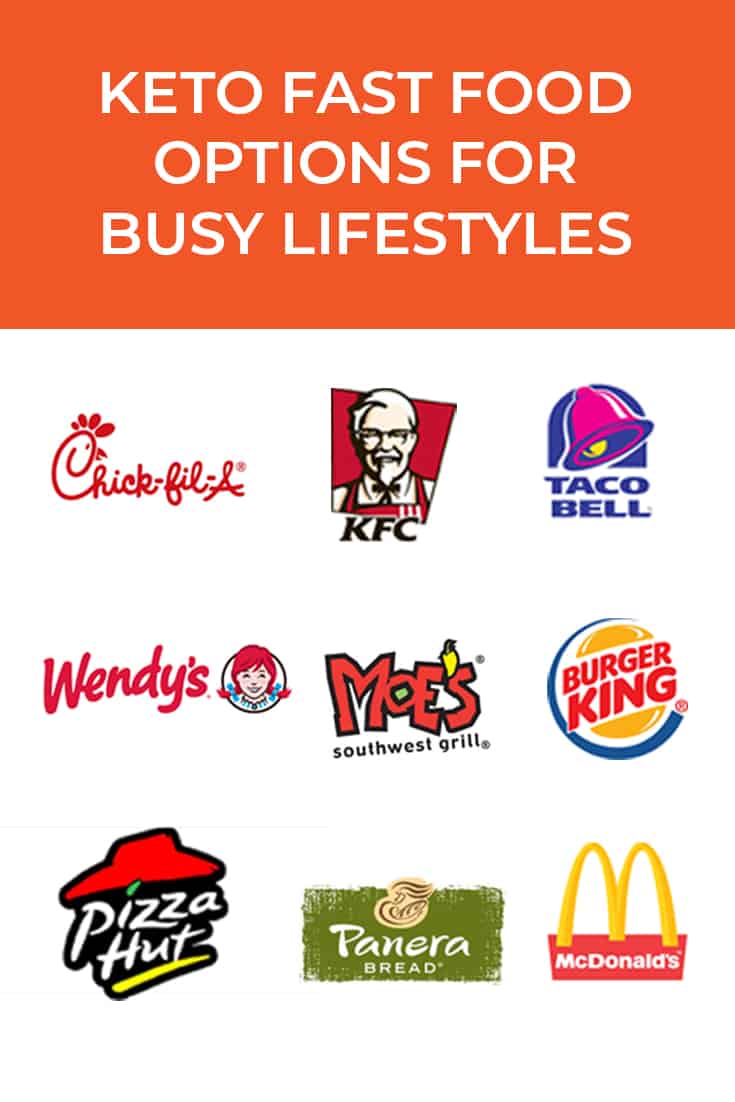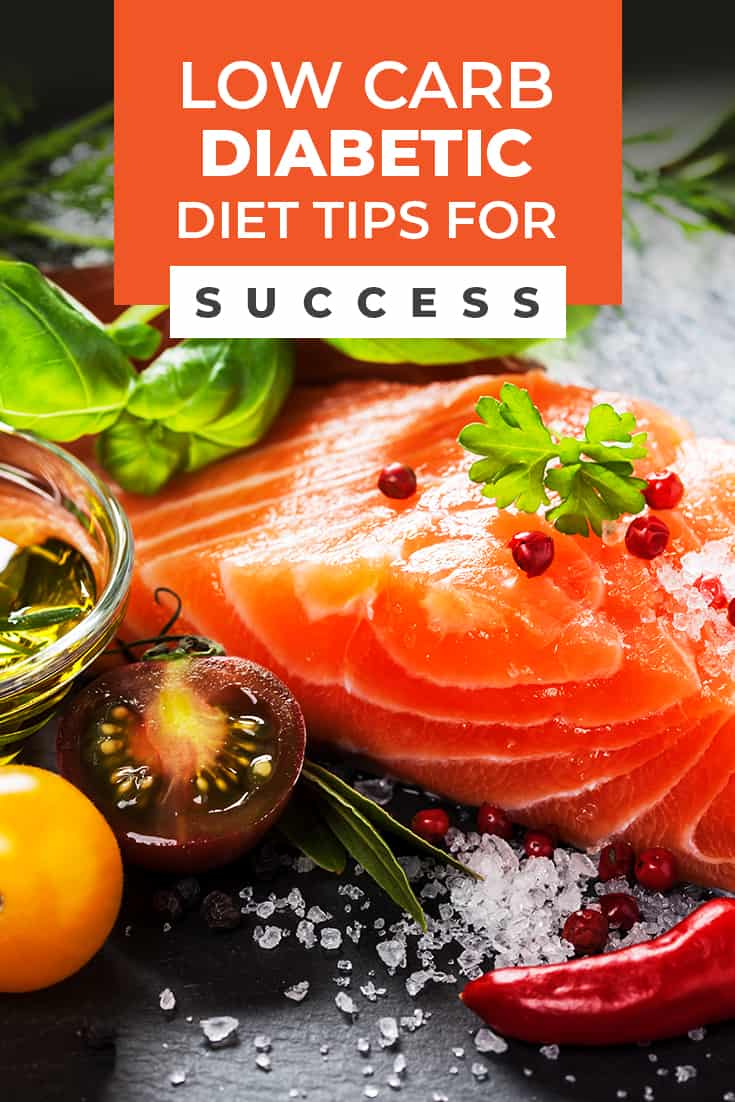Top Weight Loss Tips from a Registered Dietitian
Top Weight Loss Tips from a Registered Dietitian
The tips below are written by my friend, Carlee. She is the a lead Dietitian at NutriSense! She has become a friend of mine. When you talk to Carlee you just know her whole heart goes into helping anyone she can. I’ve learned so much from her in this past month. She is very knowledgeable and very helpful.
I introduced her in our latest YouTube series where I gave you my experience with the NutriSense Continuous Glucose Monitor and phone app.
I learned a ton while doing this experiment and I highly suggest anyone and everyone who is interested in learning how their body works in terms of weight loss or overall metabolic health, try this for themselves!
Watch the videos because I just know my experience and struggles will help you too! I’ve done a few experiments and I was shocked to learn how my body responds to sleep, stress, food, and exercise. I share my experience so we can learn together!
You can watch the replays here:
Get your very own CGM here:
Your discount code is: KETOFRIENDLY
Here’s the article Carlee wrote to help you:
Top 8 Weight Loss Tips from the Lead Dietitian at NutriSense
It’s no secret that it’s not easy to lose weight, much less keep the weight off. If it were, there wouldn’t be a $70 billion dollar weight loss industry [1] claiming to have “the answer.” In reality, weight loss is a complicated and individualized process that comes with multiple barriers to success. In my experience working with thousands of people to reach their weight loss goals, there are eight key strategies that are universally helpful in dropping the weight and keeping it off.
- Remove the word “diet” from your vocabulary.
“What diet do you recommend?” is a question I’ve been asked more than almost any other question in my career. With a dozen new diets each year, consumers are eager to try the next hot trend in hope that it’s “the one.” The truth is the human body is highly adaptable to changes in diet and nutrition, and there’s no one-size-fits-all eating style. Some people will do better with a low-fat plan, while others may benefit from following a low-carb lifestyle. In fact, a year-long randomized clinical trial found that both low-carb and low-fat diets produced similar weight loss and improvements in metabolic health [2]. Simply put: there’s no one “correct” way to eat, and you can see success using multiple strategies.
There is one crucial component to keep in mind, though – sustainability. The first step in any weight loss journey is to reframe your thinking. Short-term fixes don’t work, but lifestyle changes do. The mere word “diet” implies a temporary change, and many diets include drastic measures that are impossible to sustain for long periods of time. Can you give up sugar for the rest of your life? Can you follow this “diet” without feeling deprived forever? If the answer is no, it may be time to reevaluate your goals to prevent the dreaded yo-yo dieting.
One thing I always tell my clients is that excessive restriction will almost always lead to a binge. While it’s easy to blame this on a lack of self-control, that may only be part of the problem. When we restrict calories for long periods of time, we can alter our hormone balance and skew our body’s natural ability to manage weight. One hormone at play is leptin, our satiety hormone. Extreme caloric restriction or rapid weight loss can cause leptin levels to plummet, leading to a lack of feelings of fullness after meals and difficulty maintaining a healthy body weight [3].
Long story short, aim for steady, sustainable change over time instead of an all-or-nothing diet plan. Consider your long-game strategy, set realistic timelines, and avoid the allure of extreme diets altogether.
- Eat whole foods.
When weight loss is the goal, hunger can feel like the enemy. Hunger is a natural way for our bodies to communicate, but it can make it hard to stick to a plan or stay away from certain foods. One way to manage hunger and to feel satiated throughout the day is to focus on whole, unprocessed foods as much as possible. This means consuming eggs, nuts, and meat instead of a protein bar, whole grains instead of refined wraps or snack bars, whole vegetables instead of veggie powders or greens, and whole fruit instead of juice.
When companies process foods to market them for convenience and quick preparation, they’re also reducing the work our bodies must do to break them down after we eat them. This can lead to quick increases in blood glucose, which can ultimately translate into lack of proper hunger and fullness signals, more frequent snacking in between meals, and increased risk of weight gain [4]. If you think of metabolism like a bonfire and of food as the wood the fire burns, think of processed foods as kindling. Kindling is burned quickly, and you end up adding more and more just to keep the fire going. Our bodies need slow-burning foods to keep metabolism at its peak without the need to feed it all the time, so sticking to foods as close to their natural state as possible is crucial for weight loss success.
- Prioritize protein.
Protein is always emphasized with any weight loss program, and it’s for good reason. Protein is our most satiating macronutrient, meaning it can help keep us full longer than carbohydrates or fats. According to the protein leverage hypothesis, our bodies will seek out extra calories until we obtain the minimum amount of protein to meet our body’s needs. In other words, if we don’t consciously eat protein regularly and adequately, our bodies will get it elsewhere. The problem is that our bodies don’t typically crave protein specifically, and excess calories can come from calorie-dense carbohydrates and fats, making weight loss efforts difficult to follow [5].
Additionally, lean muscle mass can take a significant and unwanted hit during periods of caloric restriction and weight loss, and adequate protein can help prevent this. In a study comparing the effect of a lower protein diet to a higher protein diet, individuals on a lower protein diet lost an average of five times more lean muscle mass than those on the higher protein diet [6]. If weight loss is your primary goal, check to make sure that protein foods are making up 20-35% of your total calorie goal.
- Work with your circadian rhythm.
The old saying, “Calories in, calories out!” doesn’t hold the same amount of weight that it once did. There are many other factors to consider, and the timing of our meals is one of them. This is because our body has its own circadian rhythm, a 24-hour clock that regulates our sleep and wake cycle in response to light and darkness. Our digestive hormones are closely aligned with our circadian rhythm, meaning our metabolic hormones work best during daylight hours. Late night eating can throw off the body’s natural rhythm and can impair how our bodies metabolize the food we eat [7]. Therefore, a meal eaten earlier in the day is tolerated much better than the same meal consumed later in the evening.
To help our bodies appropriately digest and utilize the nutrients from our meals, timing is key. Aim to consume your larger meals during the day, eating with the sun as much as possible. Limit late night eating by keeping meals at least three hours before bedtime and try to make your dinner meal the smallest of the day.
- Strength train.
So many individuals seeking weight loss spend hours on the treadmill and wonder why their results fall short of expectations. While aerobic exercise is important and can be extremely efficient at burning calories during the workout, resistance training uniquely helps keep calories burning long after the workout is over. Strength training also promotes muscle growth, and muscle influences the efficiency of our metabolism. In fact, just one weight lifting session can boost metabolism and ramp up insulin sensitivity for up to 72 hours afterward [8]!
Incorporating resistance training into your lifestyle doesn’t have to mean living at the gym or crushing CrossFit-style workouts every day. A pair of hand weights or resistance bands, free YouTube videos, and thirty minutes can be a great addition to any exercise plan. Start small and work your way up, focusing on building strength and functionality (not just the number on the scale!) as you go.
- Practice mindful eating.
Although it’s important to consider what and when we eat, it’s equally important to remember how and why we eat. The practice of mindful eating encourages us to pay attention to our meals, focusing on the enjoyment food can bring to our life. So often, food is an afterthought – something we grab on the run and consume without much consideration. While we may still have on-the-go meals, being mindful means connecting with food, slowing down and appreciating it fully. This can result in more satisfaction, less mindless eating, and improved regulation of the body’s natural hunger and fullness cues.
We refer to mindful eating as a practice, as it takes time and consistency to build a deeper mind-body connection. Start by checking in with yourself before meals and asking, “How hungry am I right now? Am I eating out of hunger, habit, or an emotional cue?” Sit at the table to eat as many meals as you can, and practice putting your eating utensil down in between bites. This simple habit will allow you to slow down your meals, tapping into fullness cues more easily. It takes an estimated twenty minutes before your brain will recognize that you’ve started eating, so make an effort to make meals last this long. Eat without distractions like the tv and allow yourself to fully enjoy the food in front of you. For more resources on mindful eating, click here.
- Manage stress and sleep.
We focus so much on our diet that we sometimes neglect other factors that contribute to weight, such as sleep and stress. When the body is under stress, whether from inadequate sleep and/or chronic daily stress, it is perceived as a threat. The body responds to this by releasing hormones like cortisol and adrenaline to cope with the stressor, part of an important acute survival response. However, when this becomes a daily occurrence, it can be dangerous.
With the stress-induced influx of hormones into the body, a cascade of events can occur, starting with a drastic increase in blood glucose followed by a sharp decline. This often causes fluctuating energy levels and ultimately the dreaded “energy crash.” Seeking comfort and energy, the body often craves calorie-dense foods high in sugar and refined carbohydrates as a “pick-me-up.” These foods are thought to stimulate feel-good hormones like serotonin that balance out the impact of the stressor itself. Over time, this pattern can result in weight gain due to excess energy intake, a reduction in energy expenditure, and functional changes in our appetite-regulating hormones [9].
Just like most things with health, stress and sleep management must become part of your routine. Whatever helps you manage stress – whether it be journaling, connection with friends or family, meditation, nature, yoga, or breath work, work to make it become a habit in your daily life. Set a time in your day for a five-minute breathing exercise or a nature walk and stick to it. Prioritize sleep and stick to your bedtime every night (yes, even weekends!). Ask for help when you need it and put yourself first.
- Don’t be afraid to experiment.
Through my role as a dietitian and health coach at NutriSense, I have had the unique opportunity to assess and evaluate thousands of users’ personal health and glucose data. We use continuous glucose monitoring (CGM) technology to interpret and optimize individuals’ metabolic health to meet their goals. Combined with free calorie, macro, exercise, stress, and fasting tracking, this can lead to profound realizations about our daily habits. The biggest advice I can give after my experience here is without a doubt, “Data over dogma.” What works for you may not work for someone else, and if you’re not measuring your own data in a meaningful way, there’s no way to know.
With technology like the CGM, we now have the ability to understand how our metabolism works unlike ever before. I like to think of it as “a window into the body,” as it allows you to see how your diet and lifestyle factors are affecting you from the inside out. Whether you use the CGM or not, experimentation is crucial. Try different eating styles, switch up your routine, and find what is sustainable for you. If you are not seeing steady results for several months, switch things up! In the end, we are all very unique. We have differences in genetics, epigenetics, microbiome, and environmental factors that make our diet choices affect us all differently. Certain foods may work well for your friend but may impair your metabolic health. Measure your own data, and work with someone that will use that data to help guide your choices with you.
For more information on the NutriSense program or to contact me directly, visit the NutriSense website and check us out on social. Be sure to mention that you read this article on LowCarbInspirations.com
- Markets, Research and. “Status Report of the U.S. Weight Loss Market in 2020 – Coronavirus (COVID-19) Pandemic Impact Assessment.” GlobeNewswire NewsRoom, “Globe Newswire”, 5 June 2020, www.globenewswire.com/news-release/2020/06/05/2044169/0/en/Status-Report-of-the-U-S-Weight-Loss-Market-in-2020-Coronavirus-COVID-19-Pandemic-Impact-Assessment.html.
- Christopher D. Gardner, PhD. “Low-Fat vs Low-Carbohydrate Diet on Weight Loss in Overweight Adults.” JAMA, American Medical Association, 20 Feb. 2018, jamanetwork.com/journals/jama/fullarticle/2673150.
- Ahima, Rexford S. “Revisiting Leptin’s Role in Obesity and Weight Loss.” The Journal of Clinical Investigation, American Society for Clinical Investigation, July 2008, www.ncbi.nlm.nih.gov/pmc/articles/PMC2430504/.
- Hall, Kevin D, et al. “Ultra-Processed Diets Cause Excess Calorie Intake and Weight Gain: An Inpatient Randomized Controlled Trial of Ad Libitum Food Intake.” Cell Press, Cell Metabolism, 2019, www.cell.com/cell-metabolism/pdf/S1550-4131(19)30248-7.pdf.
- D, Simpson SJ; Raubenheimer. “Obesity: the Protein Leverage Hypothesis.” Obesity Reviews : an Official Journal of the International Association for the Study of Obesity, U.S. National Library of Medicine, 2005, pubmed.ncbi.nlm.nih.gov/15836464/.
- KD, Mettler S;Mitchell N;Tipton. “Increased Protein Intake Reduces Lean Body Mass Loss during Weight Loss in Athletes.” Medicine and Science in Sports and Exercise, U.S. National Library of Medicine, 2010, pubmed.ncbi.nlm.nih.gov/19927027/.
- Crosby, Priya, et al. “Insulin/IGF-1 DrivesPERIOD Synthesis to EntrainCircadian Rhythms with Feeding Time.” Cell Press, Cell Metabolism, 2019, https://www.cell.com/cell/fulltext/S0092-8674(19)30166-7
- Ahima, Rexford S. “Revisiting Leptin’s Role in Obesity and Weight Loss.” The Journal of Clinical Investigation, American Society for Clinical Investigation, July 2008, www.ncbi.nlm.nih.gov/pmc/articles/PMC2430504/.
- Marks, Ray, et al. “Sleep, Disturbances of Sleep, Stress and Obesity: A Narrative Review.” Journal of Obesity & Eating Disorders, IMedPub, 18 Nov. 2015, obesity.imedpub.com/sleep-disturbances-of-sleep-stress-and-obesity-a-narrative-review.php?aid=7453.






